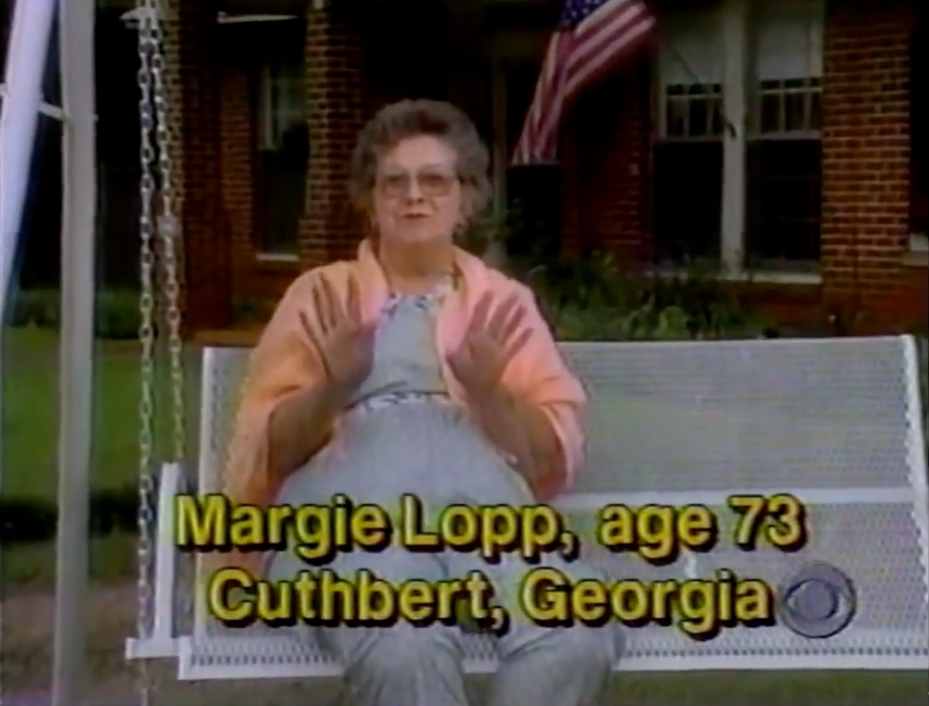Fundraisers have had a tough job in recent years as both personal and corporate giving has tanked, along with the rest of the economy. Grants to foundations were down substantially in the U.S. in 2002, the first decline since 1983, reports The Foundation Yearbook, an annual philanthropic review published by The Foundation Center. Overall, foundations raised $200 million less in 2002, down from $30.5 billion to $30.3 billion for the year.
Looking ahead, “Continuing losses in endowment values, especially among the largest U.S. foundations, will take a toll on overall levels of giving,” says Sarah Engelhardt, president of the Foundation Center, in a recently published statement.
At the same time, charities couldn’t fail to notice the buckets of money being raised by various political campaigns in advance of the 2004 presidential elections. In particular, the “Dean Machine” behind Democratic candidate Howard Dean has become famous (even notorious) for the success it has had raising funds online via its “Blog for America” site.
Blog? What’s a blog? Short for “Web log,” it is an interactive online journal, with news and other information supplied by various constituents. With startup software costing as little as $200, it is also quickly becoming one of the more effective ways to enlist an audience, build loyalty with that group and — almost incidentally — raise substantial money for a cause.
Why the rebounded interest in online fundraising? As Willie Sutton is alleged to have said when asked why he robbed banks, “Because that’s where the money is.”
After the dot-com bust of 2001, marketers and fundraisers alike are cautiously returning to the Web as they follow the upscale audiences they find there. High-speed Internet connections that are necessary for accessing some online marketing vehicles have become standard equipment in the wealthiest homes, according to a survey conducted by Knowledge Networks/SRI this past summer and fall. Broadband households are also 50% more likely to be active online shoppers, the survey noted. The new data shows that broadband access in online households earning $75,000 or more per year has grown 25% since the spring, from 40% to 49%. The 49% consists of 31% who have cable modems and 18% using DSL connections. High-speed Internet in all online households also increased from 26% to 34% during the same period.
These are often households that support their causes online. Blog for America, for example, is the official Web log of the Dean for America campaign. It features up-to-the-hour news and updates directly from Dean campaign headquarters. Begun on March 15, 2003, it has helped Dean raise some $30 million from over 50,000 individual contributors.
Other candidates are trying the same Web-based approach. The second-highest fundraiser among the Democratic field has been Sen. John Kerry of Massachusetts, who has raised more than $17 million from some 16 thousand individual donors, according to Political MoneyLine. (By comparison, incumbent George W. Bush has raised relatively little of the $85 million he has generated for his re-election effort from online methods, relying instead on events, political action committees and other more traditional techniques.)
While political fundraisers have raised the profile of blogs, other causes are catching on fast and bringing brands along with them. “A cause organization’s Web site is tremendous real estate,” says Dana DiPrima, executive VP for corporate cause-related projects, Leverage Group, a New York City-based marketing agency. “Non-profits want both dollars and visibility, and the Web creates an environment for engaging a corporate partner to maximize both.”
At the home page for the American Red Cross (www.redcross.org), for example, visitors can get daily news updates on disaster and relief needs around the world. They can contribute to earthquake relief in Iran, typhoon recovery in the South Pacific and locate sites for blood drives in their local communities. While they’re at it, they can also sign up for the Capital One American Red Cross Platinum MasterCard, which makes contributions to the local Red Cross chapter with each purchase on the card. “In addition, upon approval, your local chapter will also receive a $30 contribution when you activate your new card and make your first purchase,” the promotion promises.
Meanwhile, the Web home page for the American Society for the Prevention of Cruelty to Animals (www.aspca.org) has evolved in the past year to include breaking news of interest to animal rights advocates. As this audience logs in for “Action Alerts” on the latest threats to cattle herds in the Northwest or civets in China, they can contribute to preservation efforts — and learn how Clorox’s Fresh Step kitty litter has teamed with the ASPCA to rescue abandoned cats across the U.S. They can then check the program listings for cable TV channel Animal Planet, and pick up tips for traveling safely with their pets, compliments of the cable station and Suzuki North America.
“We’ve worked with Fresh Step for over four years, and they have been a tremendous partner in support of our national animal shelter outreach program,” says Barbara Garber, senior VP for integrated marketing and communications for ASPCA, which is based in New York City. “We now have reciprocal links on our Web site and theirs.”
In addition, Garber says, Fresh Step packaging features a prominent description of the shelter program and the ASPCA logo. “We work closely with all our corporate partners on the design and implementation of materials that feature both our names,” Garber says.
Incorporating a cause marketing partner’s presence across multiple media is key, DiPrima says. “If you have a corporate partner supporting your cause, the relationship needs to play out across the brand. It should be leveraged in packaging, in-store and more. If not, the brand and the cause are missing out on the full value of the partnering.” If a consumer has to choose between a product with a cause affiliation and one without, 86% of the time they’ll choose the cause brand.
As with the Red Cross, financial services have gotten the message: Fleet, Visa and Chase Bank have each built a presence on the ASPCA site. Fleet offers consumer education on animal welfare, while Visa offers members specially designed credit cards. Chase targets ASPCA troops, making employees, shelter employees, volunteers and affiliates eligible to receive a $200 check when they open a Chase home equity loan or line of credit (program runs through Feb. 28).
“The Web has now got more robust tools for causes and their partners, so they can raise funds less expensively and put more into their core programs,” says David Hessekiel, president of the Cause Marketing Forum. “Online giving and cause marketing is just beginning to tap that potential.”
Better to Give
Rebates on purchases isn’t a new marketing concept. But online shoppers now have the option of donating those rebates to a handful of worthy causes.
AmeriDollars, a ‘reward and charity network’ launched in November, lets consumers register credit cards at www.ameridollars.com. When they use the cards to shop online, AmeriDollars automatically applies for rebates with Web retailers Best Buy, The Sharper Image, Dell, The Sports Authority.com, Office Depot, Bluefly.com, Foncentral.com and Delias. Consumers can keep the rebate cash or donate it to such charities as the National Multiple Sclerosis Society, National Center for Missing & Exploited Children, the Twin Towers Orphan Fund and National Wildlife Federation.
“In complex economic times, it’s important to find innovative ways to make supporting good works as simple and painless as possible,” says Mike Dugan, president and CEO of the National Multiple Sclerosis Society. “The AmeriDollars donation program helps us reach a whole new universe of prospective donors to assist us in our efforts.”
According to Susan Culler, VP of financial development at the National Center for Missing & Exploited Children, “We’re hoping consumers will welcome AmeriDollars as an easy way they can contribute to our work without having to dip into their own pockets. Passing on rebates from consumer outlets is a great way of making this happen.”



